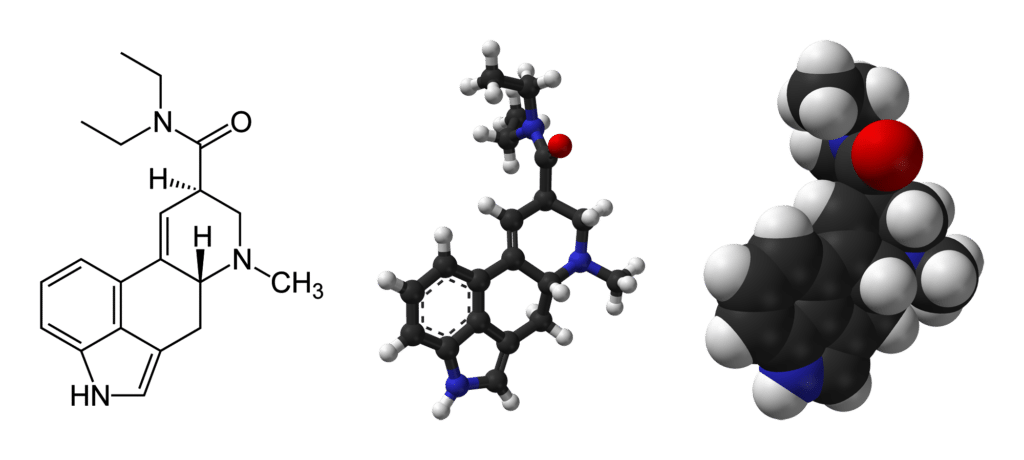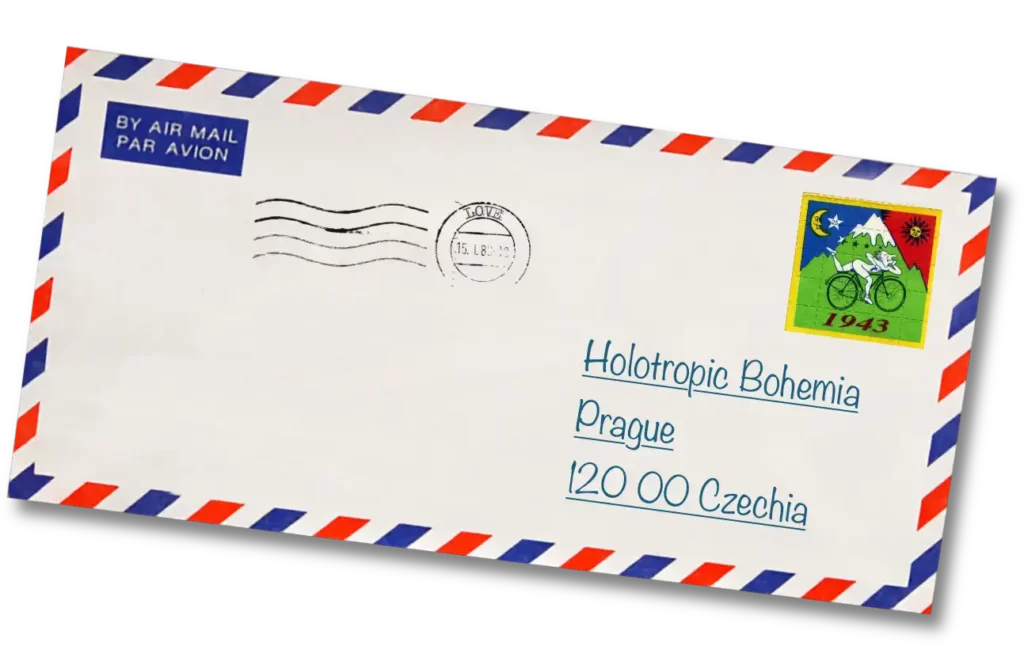This is how Site Sections are decorated.
Lorem ipsum dolor sit amet, consectetur adipiscing elit, sed do eiusmod tempor incididunt ut labore et dolore magna aliqua. Cursus mattis molestie a iaculis at. Velit sed ullamcorper morbi tincidunt. Natoque penatibus et magnis dis parturient montes nascetur ridiculus mus. Id interdum velit laoreet id donec ultrices tincidunt arcu non. Fusce ut placerat orci nulla pellentesque dignissim enim sit. Dignissim suspendisse in est ante in nibh mauris. Egestas egestas fringilla phasellus faucibus scelerisque eleifend donec pretium vulputate. Nibh ipsum consequat nisl vel. Pellentesque id nibh tortor id aliquet lectus proin nibh. Pellentesque habitant morbi tristique senectus et netus et malesuada. Amet aliquam id diam maecenas ultricies mi eget mauris. Enim blandit volutpat maecenas volutpat blandit aliquam etiam erat. Odio tempor orci dapibus ultrices in iaculis nunc sed augue. Erat imperdiet sed euismod nisi porta lorem mollis aliquam.
The popular term “set & setting” which is now widely used in Depth Psychology and psychedelic circles, was originally coined by Timothy Leary in the early 1960s.
This is to say that, during the transpersonal experience, we may, for instance, experientially identify with some other being, e.g. an animal or a person, in contrast to our usual identification with our regular self. During this experience, we will be fully and intimately aware of that being’s mental and physical constituents and characteristics, as it experiences them in and of itself. However, we may also experientially transcend the associated sense of “I-ness” itself. This is the “self-reflecting” aspect that remains constant across both the examples considered — experiencing yourself as the ordinary “you”, as well as the “you” being the animal or other person. The psychedelic or holotropic experience may, on occasion, move beyond this sense of “I-ness” altogether. At that point, there is no “you”.
In the theory of Psychoanalysis, we have the classic categories of id, ego and superego. Roughly speaking, the id represents unconscious biological drives, the superego internalized rules of conduct from childhood (personal hygiene training, boundary enforcement, etc.), and the ego a self-aware “I”, functioning as a balancing mediator between the other two. In the expanded, holotropic state of consciousness, we may, for instance, have a vivid experience of identifying simultaneously with our regular self and the self of our father, resulting in a new perspective on our relationship with our actual father, as well as the relationship of the respective internal sub-personalities (ego and superego). At other times, our experience may exceed the boundaries of the psychoanalytic model (if, for instance, we happened to be previously familiar with it, and tended to view the internal workings of our mind through its optics) so dramatically and to such a degree, that it would render the entire Freudian conceptual construction completely irrelevant. Consequently, it would be necessary for us to adopt a broader, more comprehensive image of our self.
“While the traditional model of Psychiatry and Psychoanalysis is strictly personalistic and biographical, modern consciousness research has added new levels, realms, and dimensions and shows the human psyche as being essentially commensurate with the whole universe and all of existence.” Grof, 1985, Beyond the Brain
Some indigenous peoples have been using psychoactive plants (and sometimes animal products) for healing and spiritual purposes for thousands of years. Many of them developed original, elaborate contexts for this, both theoretical and practical. These so-called shamanic traditions can be found within tribal communities all over the world, with the Amazonian region being the richest, both in quantity and variety.
Citation from Wikipedia – Human Potential Movement
Abraham Maslow’s book “Religions, Values and Peak-Experiences” is widely recognized as the initiatory paper of Humanistic Psychology.
You can find a list of Stanislav Grof’s books in the Study section of this website. There is also a list with additional recommended reading, links and further information sources in the Integration section.
Since bodywork obviously involves some degree of physical contact, it is important to say that, in Holotropic Breathwork, bodywork is always initiated by the breather, and never takes place without the breather’s consent. GTT certified facilitators are carefully trained in Focused Energy Release Work and are required to follow high ethical standards in their practice.
An exception here may be a single-participant session, with only the breather and a qualified facilitator present. Even single-participant sessions, however, can be conducted with a sitter present, in addition to the facilitator.
Holotropic Breathwork® is an internationally registered trademark, and only holders of a GTT certificate have the right to use it for their public practice.
The promise that is the basis of the term “Promised Land” is contained in several verses of Genesis in the Torah. In Genesis 12:1 it is said:
The LORD had said to Abram, “Leave your country, your people and your father’s household and go to the land I will show you.”
In other words: “Go and have an adventure!”
Grof elaborated on the concepts of both COEX Systems and Basic Perinatal Matrices already in his first book Realms of the Human Unconscious, originally published in 1975, which was shortly after he was forced by the new legislation to abandon his psychedelic research.
In the ancient Chinese Taoist tradition, the term Wu-Wei is to be found. Among its English translations we find the likes of “non-doing”, or “effortless action”.
The cited verses appear in the seminal, most ancient Taoist text Neiye (內業) or Inward Training. The text describes breath meditation techniques and qi (氣) circulation.
Excerpt taken from Harold D. Roth’s book Original Tao.
(credits: Wikipedia)
Tav Sparks deceased on August 9th, 2020.
Rest in Peace, Tav.
Fun Fact
According to Wikipedia “The last country to produce LSD legally (until 1975) was Czechoslovakia”.

Skeletal formula and ball-and-stick and space-filling models of the lysergic acid diethylamide (LSD) molecule.
(credits: Wikipedia)
The word “psychedelic” consists of two Greek words: “ψυχή” [psukhḗ] meaning “mind, soul”, and “δῆλος” [dêlos] meaning “manifest, visible”. Thus the word “psychedelic” means “mind-manifesting”.
The famous Flammarion Engraving depicts a man, clothed in a long robe and carrying a staff, who is at the edge of the Earth, where it meets the sky. He kneels down and passes his head, shoulders, and right arm through the star-studded sky, discovering a marvellous realm of circling clouds, fires and suns beyond the heavens. It has been used as a metaphorical illustration of either the scientific or the mystical quests for knowledge.
That is to say, insight into the nature of the actual “substance” of the mind, as opposed to merely the internal dynamics of it.
This same principle can be found in other words too, like the word “heliotropic” meaning “moving toward the sun” (used with reference to plants that tend to follow the movement of the sun).

GDPR Consent: The information you provide in this form will be used to stay in touch with you and to inform you about upcoming Holotropic Bohemia events. We are committed to protecting and respecting your privacy and keeping your personal information secure. We use Integrately for data processing, and Email Octopus as our mailing platform. By clicking above to subscribe, you acknowledge that your information will be transferred to Email Octopus via Integrately. You can unsubscribe anytime.

Quantum mechanics is a difficult subject, and few, if any, people really understand it in its entirety. Fortunately, a number of authors have done a fantastic job in popularizing the basic ideas involved, e.g. Amit Goswami, Fred Alan Wolf, Michio Kaku and Fritjof Capra (The Tao of Physics, 1975), among others. As to general systems theory, Fritjof Capra delivered a good and accessible introduction in his books The Turning Point (1982) and The Web of Life (1996).
Tím se míní vhled do podstaty samotné „matérie“ mysli, tedy nejen do její vnitřní dynamiky.
Slavná Flammarionova rytina zobrazuje muže oděného v dlouhém rouchu a s holí, nacházejícího se na místě kde končící Země hraničí s oblohou. Muž klečí a hlavou, rameny a pravou rukou prostupuje oblohou posetou hvězdami a objevuje podivuhodnou říši kroužících mraků, ohňů a sluncí za nebesy. Obraz byl tradičně používán jako metaforická ilustrace buď vědeckého, nebo mystického hledání poznání.
Subtle energy is a concept of a natural force currently not recognized by Western science. It was, however, widely adopted across multiple spiritual and medicinal systems all over the world. Among the most well known systems utilizing this concept are Taoism and Yoga, where subtle energy is regarded as “Chi” or “Prana”, respectively. In Sanskrit, Prana essentially means breath, “life force”, or “vital principle”.
Podle stejného pravidla jsou utvořena i jiná slova, například „termotropický“ v překladu znamená „pohybující se za teplem“ anebo „heliotropický“ můžeme přeložit jako „směřující ke slunci“ (v odkazu na rostliny či jiné organizmy otáčející nebo ohýbající se za zdrojem tepla, anebo sledující pohyb slunce).

Pardon the interruption… Here’s a great tip! Sign up to our mailing list and we’ll have you covered right on time with all important news about our Holotropic Breathwork events.
GDPR Consent: The information you provide in this form will be used to stay in touch with you and to inform you about upcoming Holotropic Bohemia events. We are committed to protecting and respecting your privacy and keeping your personal information secure. We use Integrately for data processing, and Email Octopus as our mailing platform. By clicking above to subscribe, you acknowledge that your information will be transferred to Email Octopus via Integrately. You can unsubscribe anytime.
Having a psychological origin or cause rather than a physical one.
When searching for a psychotherapist for this particular kind of combination, it is important to bear in mind that not every psychotherapeutic approach will work well here. It is important to find a therapist who has integrated the transpersonal approach into his or her conceptual framework.
This may include not only Holotropic Breathwork, but also Psychedelic Therapy, certain types of shamanic healing approaches e.g. the “Yagé” ceremonies of the South American indigenous people, or any other kind of therapy based on the holotropic principles, as described by Transpersonal Psychology.
This particular principle is understood to be of prime importance, specifically under the ethos of the Grof Transpersonal Training school. In other types of breathwork, or with practitioners who decided to diverge in their practice from the GTT methodology, you may sometimes encounter facilitation practices where the facilitator enters physical interaction with the participant on a more autonomous basis. Whether this is for the benefit of the participants or not is subject to ongoing debate, but at GTT (and Holotropic Bohemia), we, as facilitators, always err on the side of self-restraint.
For the interested reader, several academic papers elaborating on the topic can be mentioned:
Laurel Watjen: An Argument for the use of Holotropic Breathwork as an Adjunct to Psychotherapy (PDF)
Sarah W. Holmes, Robin Morris, Pauline Rose Clance, R. Thompson Putney: Holotropic breathwork: An experiential approach to psychotherapy (PDF)
Tanja Miller, Laila Nielsen: Measure of Significance of Holotropic Breathwork in the Development of Self-Awareness (PDF)
A long-term study with 11 000 participants was completed by James Eyerman at the Stress Center of Hyland Behavioral Health, Saint Anthony’s Medical Center in Saint Louis, Missouri, in 2001 (starting in 1989). The study was concluded with the following: “Among the 11 000 inpatients, the experience was well tolerated. There were no reports of problems at the end of the sessions. Nursing staff reported no untoward sequelae or complaints following the breathwork during this 12-year period.”
Holotropic Breathwork practitioners oftentimes regard this navigating function as “the inner healer”, or “the inner healing intelligence”, especially in the GTT community. However, the concept of an innate ability of humans to progress towards greater levels of inner integrity, health and completeness (under the presupposition that obstructions to this process are removed, or at least temporarily kept at bay), is not unique to the holotropic conceptual framework. There is, for instance, a corresponding concept to be found in Hindu philosophy, although it’s framed quite differently. It is the concept of Ishvara. Ishvara can be understood as the Supreme Being, a personal god/Self of every individual, who chooses each instant of a devotee’s life, selecting experiences moment by moment from the individual’s “karmic storehouse”, with regard to the devotee’s optimal spiritual development.
Citation from Stanislav Grof – Psychology Of The Future: Lessons From Modern Consciousness Research (2000)
The occurrence of this kind of mismatch is sometimes called “cognitive dissonance” and it counts in Psychology and Psychiatry as a cause of extreme psychological discomfort. Hence we have our personality set up in such a way as to prioritize the avoidance of such a state by all means.
All illustrations on this page are from the world famous, one and only Stanislav Grof ‘s psychedelic paintings collection.
In real life, however, many partial deviations occur from this general, ideal structure. A 24-hour-long delivery with the use of anesthetics will have a different impact on the psychological formation of the fetus than a spontaneous and uncomplicated delivery, or e.g. a delivery via Cesarean section.
Citation from Stanislav Grof – Psychology Of The Future: Lessons From Modern Consciousness Research (2000)
Citation from Stanislav Grof – Psychology Of The Future: Lessons From Modern Consciousness Research (2000)
Citation from Stanislav Grof – Psychology Of The Future: Lessons From Modern Consciousness Research (2000)
Citation from Stanislav Grof – Psychology Of The Future: Lessons From Modern Consciousness Research (2000)
Amnion is the innermost membrane that encloses the embryo of a mammal, bird, or reptile.
The concept of psychospiritual death and rebirth is specifically relevant to Psychology, Mythology (the universal myth of the “Hero’s Journey”, as described notably by Joseph Campbell, currently being also powerfully popularized by Jordan B. Peterson), Christianity, and Eastern spiritual traditions and practices. In each of these contexts, ego death will have a slightly different meaning or emphasis, although they are all complementary, and pertain to the general idea of death and rebirth. We can also find an equivalent concept in Shamanic traditions, where it is connected to the so called “shaman’s illness” and the experience of “dismemberment”.
Bear in mind that this rather extreme example comes from experimental research with sustained administrations of very high doses of LSD, and involves a person with a serious psychiatric diagnosis. It gives, however, a good example of how far holotropic therapy (in this case psychedelics-assisted) can potentially reach.
Now and then, cases are even reported in which people undergoing particularly turbulent episodes of surfacing difficult COEX systems, seem to be attracting external situations they apparently can be in no control of, e.g. perhaps unexpectedly occurring accidents or calamitous events, which nonetheless appear to be complementing their subjective experiential realities with striking relevance.
These types of events would fall under the category of so called synchronistic occurrences, a concept originally outlined by Carl Gustav Jung. To the present day, we don’t have much satisfactory understanding of this phenomenon and the concept of synchronicity has been criticized by some as rather unscientific. Scientific or not, it remains true that those who have encountered a major synchronicity at first hand in their lives, usually have little doubt about the significance of the event.
Stanislav Grof conducted more than 4500 LSD-assisted therapeutic sessions. While not all of these were completed as early as the time when he formulated the concepts of COEX Systems and Basic Perinatal Matrices, these concepts remain as relevant for the work with holotropic states of consciousness today, as they were back in the ‘70s.